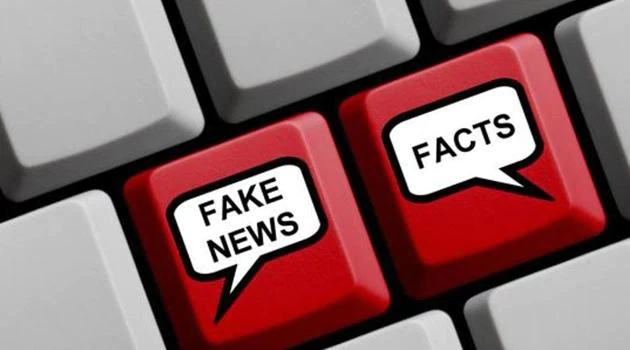
The ‘Fake News’ menace from a PR Professional’s Lens
6 Dec 2022, By Deya Bhattacharya, Associate Consultant
With the rise of social media as the go-to platform for information of all kinds, PR faces a new menace – the proliferation of fake news. This could consist of false stories deliberately put online to mislead people, as well as stories published with genuine intent but with the facts misrepresented. Fake news items often make use of “shock value” to quickly reach a large audience, thereby pushing the agenda of whoever is behind the news. And at their worst, they could spread erroneous advice that can actively harm those who follow it.
A study conducted between March and April 2020 revealed that 51% of Americans aged 18-24 referred to sites like Instagram and Snapchat for information related to the pandemic. Anyone can upload content on these platforms, which means anything can be circulated as a “fact”. India also saw more than its fair share of Covid-related forwards circulated on WhatsApp, with ‘advice’ that ranged from the laughable to the downright harmful. When it comes to medical conditions that are not fully understood, like the pandemic in the early days, people often panic and turn to so-called advice that their family members or friends might share. Moreover, the virality of this fake advice means that a large number of people are quoting it, which falsely creates the impression of credibility and increases the likelihood that it will be shared further.
The problem is exacerbated when industry leaders themselves push a faulty agenda. Donald Trump’s controversial Tweets have regularly stolen the spotlight, to the exclusion of accurate and relevant news updates, and Elon Musk also shares incendiary Tweets that get far more buzz than they deserve. Closer to home, the CEO of an Indian consumer brand recently stirred up a storm through a controversial post advocating long working hours for young people. It received thousands of comments and lengthy articles written in response decrying his views; he was even interviewed on NDTV about it. Later, he stated that in 48 hours over a crore worth of free PR had been generated for the brand. While it certainly garnered attention, whether brand credibility was benefitted remains a question.
Fake news can take many forms, but there is only one real solution – sharing the truth. Journalists need to be doubly rigorous in their research, especially when putting out medical information or other facts that could directly impact people’s choices. Final articles should be checked not only for facts, but also for bias – many sources may get the numbers right but only present one side of things. In general, government research facilities, international bodies, Big Four consulting firms and university journals are all reliable sources of facts. Another crucial part of the solution is not giving in to irrational demands from leaders. Temporary buzz can never be a substitute for long-term credibility. PR professionals should focus on crafting authentic stories and disseminating them through reliable media outlets, with a view to building brand authority for the client over time.
The internet affords a degree of reach unprecedented in the history of journalism. To preserve the integrity of PR is additionally hard now that anyone can set up an online page and share whatever strikes their fancy – preserve it, however, we must. As Walter Lippmann said: “There can be no higher law in journalism than to tell the truth and to shame the devil.” Good PR always shares the truth, however inconvenient it might be, and builds authentic bonds of trust in the process. And if you need some help with building that trust for your brand, we at StarSquared PR would be delighted to help.
